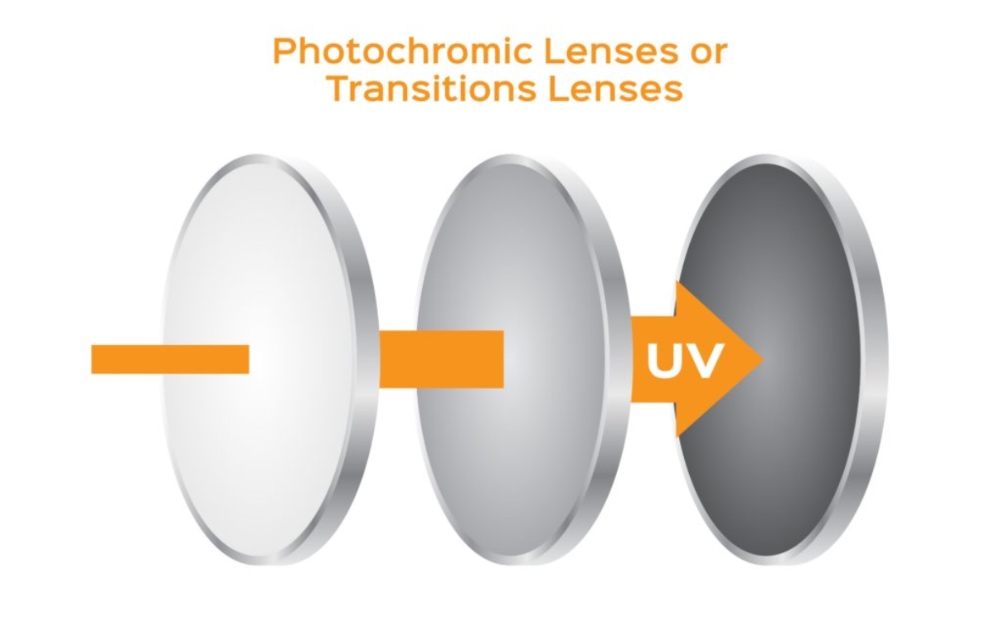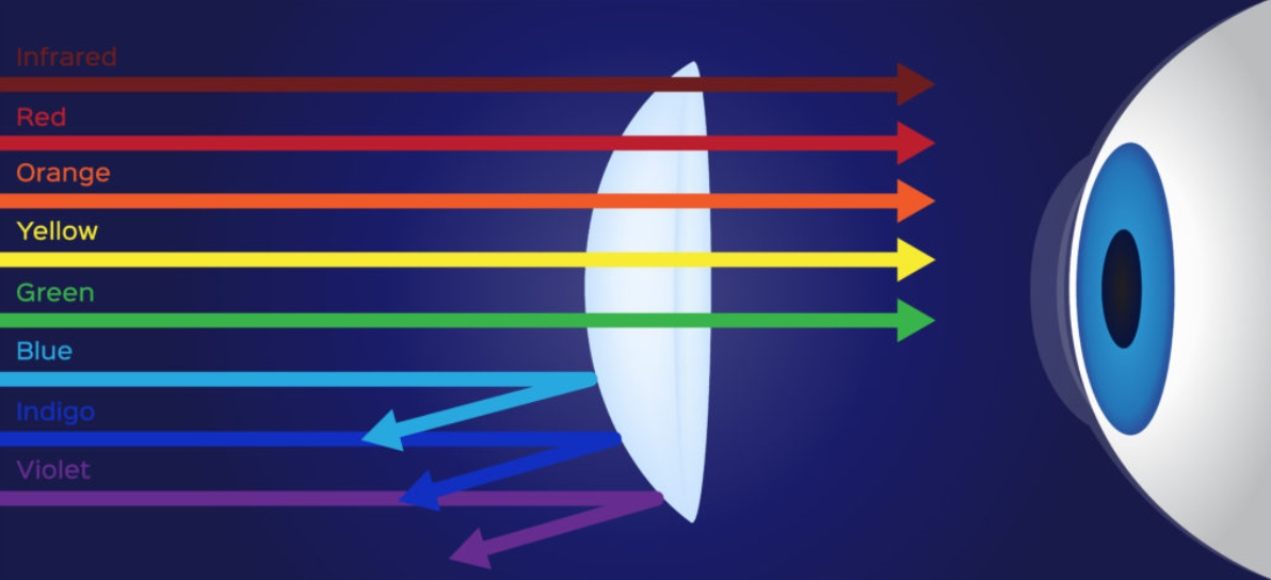
The evolution of the transition lens: Pros and cons of photochromic lenses
For those of us who wear glasses everyday, venturing out into the sun can be inconvenient. As glasses wearers constantly switch between their specs and a pair of sunglasses, it can be monotonous trying to maintain your prescription and fight those pesky UV rays at the same time.
If only there were a pair of glasses that could do both.
Enter transition lenses, the photochromic dual-lens that is designed to act like a normal pair of glasses that can transition to protect your eyes from the sun. These lenses are not a new phenomenon, with the first pair being manufactured in 1960, however, they are constantly evolving to improve the wearer’s experience.

(Source: Allaboutvision.com)
The question is, are they worth the money? Yes, they save you the hassle of swapping prescription for protection, but are they the right choice for you?
Read on to find out the pros and cons of transition lenses to help you decide if they are your saving grace or not worth the hype.
How do they work?
Transitional lenses are adaptable according to the wearers acute prescription and visionary needs. When inside they are simply a pair of prescription glasses, but when faced with exposure to UV light rays, the proprietary dyes that are within the photochromic lens undergo a chemical reaction, causing the lenses to darken and change colour.
Darkened lenses are then able to reflect powerful UV rays, shielding the eyes in the same way as sunglasses, while still maintaining the prescription for the wearer’s visual impairment. This invention presents itself as a miracle for those of us who rely on our specs, but amongst the vast list of positives, there are some drawbacks.
Pros of wearing Transition Lenses
There is a long list of positives when it comes to discussing transition lenses, ranging from increased UV light protection to a stylish and convenient approach to wearing glasses. Here are some of the most common pros that may encourage you to invest in photochromic lenses.
Cost-effective and convenient
One of the most evident pros of photochromic lenses is that they are a cost-effective solution to maintaining your eye health. When purchasing one pair of transitional glasses, you save yourself the money and effort of investing in a pair of sunglasses to accompany your prescription.
Block out the blues
As the structure and composition of the photochromic lens have evolved, transition glasses have now also been proved to work against and reflect blue light. For those of us working from home, transition lenses are a real game-changer.

(Source: Nvisioncentres.com)
Studies have shown that many types of photochromic glasses are able to chemically react to the blue light projected from our computer screen in the same way as UV rays, making them a desirable choice if you’re prone to computer-related eye strain and migraines.
Choose from a range of styles
It’s time to debunk the myth that transitional lenses are aimed only at the older generation. Photochromic lenses are now produced worldwide in a myriad of styles across different designer brands. If you’re looking for a pair of stylish eyeglasses that also protect and maintain your eye health, fashion need not go out the window. Transitional glasses come in a range of tints and frame styles, suitable for your taste.
Cons of wearing Transition Lenses
Every good product still has its drawbacks and the transition lense is no stranger to criticism. Before purchasing, it’s important to understand the cons of photochromic lenses to decide whether they are the best addition to your lifestyle.
Ineffective when driving
One of the most common drawbacks of transitional lenses is the fact that they are ineffective when worn in the car. Photochromic lenses are only able to change colour when they are presented with direct UV rays, which causes their chemical composition to counteract radiation. Due to the car windshield blocking the direct effect of UVA and UVB beams, transitional glasses are less likely to darken and block sunlight, making it harder to drive in sunny conditions.
They dislike cold weather
Transitional glasses can pose a problem in cold weather, often taking longer to react to UV light rays due to the chemical reaction slowing in the bitter months. In particularly frosty conditions where sunlight reflects brightly off the snow, photochromic lenses struggle to provide protection from UV rays.
Not all Transitional lenses are the same
One of the largest issues that can arise with the purchasing of photochromic lenses is that not all brands produce the same quality of lense. Transitional lenses differ in strength, tint, style and protection and it is important to make the right choice when choosing the right lens for you. It’s important to note that some brands of transitional lenses are not polarised, reducing protection from the sun’s glare.
How to know if transitional lenses are right for you
We hope this article has opened your eyes to both the positives and negatives of investing in photochromic lenses. If you’re still unsure consulting with your eye care specialist or local opticians is a great way to find out more about specific lenses so you can choose the right pair of glasses for you.

















